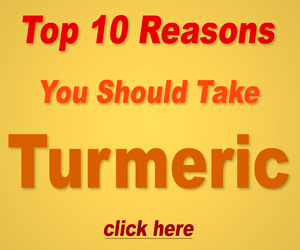Protective Role of Estrogen in Hair Loss

Compared to testosterone and DHT, there has not been as much clinical research on estrogen's regulatory role in hair growth and loss. However, it is known that hair follicles contain two types of estrogen receptors, and evidence suggests that estrogen is linked to hair growth: 22, 31, 103
- Higher rates of several different types of hair loss are linked to the menopausal and post-menopausal decades of a woman’s life, when estrogen levels are much lower. That's because during menopause the ovarian production of estrogen stops. This leaves only the estrogen metabolized from adrenal hormones.
- Drugs for breast cancer that inhibit estrogens frequently cause hair loss.
- Increased levels of estrogen during pregnancy is thought to be one cause of the thicker and faster-growing hair many women experience. Conversely, thinning hair experienced after pregnancy occurs when estrogen levels drop back to normal.
Men also produce a small amount of estrogen as well as the aromatase enzyme needed to convert testosterone to estrogen. Typically, the hair follicles on male scalps have a lot less aromatase than in females. When comparing men and women with AGA, women produce more aromatase in the front scalp area. This could explain why men with AGA are more likely to lose their hairline then women with the condition. 30
Importance of Hormone Ratios
Lab tests in women with thinning hair suggests that low estrogen levels may not be a direct sign of potential hair loss. According to one clinical study, the decreasing ratio of estrogen to androgen hormones in women may actually determine hair growth and loss. 85
Researchers measured various hormone levels in premenopausal women (under age 53) with female pattern hair loss (FPHL) against a control group of women without thinning hair. They found that the ratio of estrogen to free testosterone were much lower in women with FPHL than in women with no hair loss. 85, 86
This finding supports the theory that estrogen protects against the conversion of excess testosterone to DHT. DHT is the more potent form of testosterone which binds to hair follicles and can trigger hair loss. Estrogen also stimulates the production of the protein SHBG that binds to excess free testosterone before it can convert to DHT. 85, 86
Antioxidant Effects of Estrogen
Estrogen also appears to protect skin cells (including hair follicles) from damaged caused by free radicals. Lower levels of estrogen linked to aging may also mean decreased protection from oxidative factors such as UV radiation from sunlight. 82, 358


